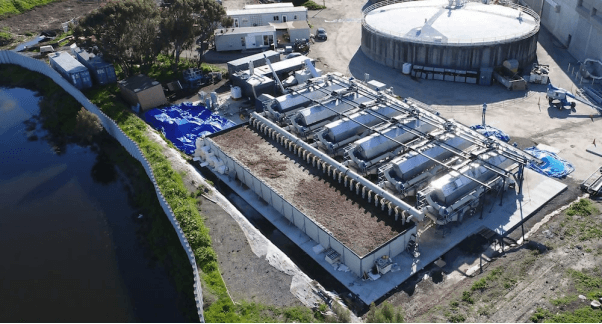A waste- to- energy plant refers to a facility responsible for combusting waster to produce electricity. The manufacturing plant is also known as municipal waste incineration or an energy recovery plant. Usually, these facilities are unique from the typical incinerators that were used in the past. Unlike modern manufacturing plants, those facilities didn’t remove precarious materials prior to burning. Therefore, they endangered the worker’s health. At the same time, these facilities didn’t generate electricity. Today, we have several plants that play a role in converting waste to energy. One such facility is MoreGreen. It is one of the best across the world. In this blog post, we provide you with a detailed explanation about how waste-to-energy- plants work.
Mechanism Of Operation
A waste-to-energy plant burns solid waste. Some facilities burn up hazardous wastes too. A modern waste-to-energy plant should properly sort materials prior to burning it. Therefore, it can easily co-exist with the recycling docket. Some of the burned items may not be recyclable. Other than that, waste-to-energy plants have similar designs. They also have equipment such as electric power plants.

Converting Waste To Energy
When it comes to operation, the waste is initially brought to the plant. Thereafter, it is sorted to remove recyclable materials. The end product is then sorted until the time for burning comes. Some plants utilize gasification. Others combust the waste instantly since it is mature. In the long run, the waste is added into the boiler in batches. This depends on plant design.

Regarding the volume, it is evident that waste-to-energy plants recycle 85 percent of waste materials. From time to time, the residue is clean enough to be utilized for various purposes including raw manufacturing cinder blocks or better yet, road construction. Metals burned will be collected from the furnace and then sold to multiple foundries. There are different types of waste-to-energy plants. Some convert saltwater into freshwater. In the next paragraph, we discuss incineration in the conversion of waste to energy.

Incineration
One of the most common sources of waste-to-energy is incineration. Here, organic waste is burned to produce energy and other useful materials. While the process is banned in several countries, it has still been useful in eradicating waste materials from different societies. The incineration is an issue since of its emission of various particles such as metals and acidic particles.
Technologies Facilitating Waste-To-Energy
A couple of technologies have emerged in the industry to facilitate waste-to-energy processes. One such technique is the hydrothermal carbonization which largely fast tracks various low processes of the thermal conversion of waste with the assistance of an acidic catalyst. The technology is mainly capable of giving out power such as fuel.

In Closing
Waste-to-energy plants are known for having viable pollution controls. But there are slightly few pollution controls when it comes to burning landfill gas, which has elements of methane and carbon dioxide. The gas is often used in running a digester gas. Waste-to-energy is also a viable technology used in mitigating climate change.


